
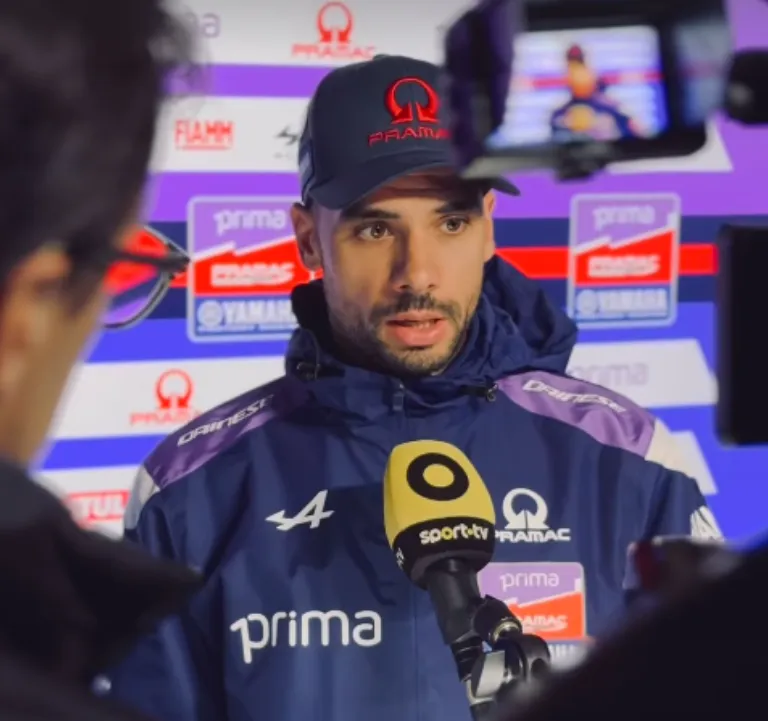
MotoGP 2025 in England: Miguel Oliveira Speaks Out About Wind Conditions Over 40 km/h and Hidden Dangers on the Track
As MotoGP gears up for another thrilling round at the iconic Silverstone Circuit in the 2025 British Grand Prix, weather forecasts and environmental conditions are taking center stage. Among the most vocal about the potential dangers is Miguel Oliveira, the highly respected Portuguese rider from Trackhouse Racing. With wind gusts expected to exceed 40 km/h, Oliveira has candidly shared his concerns about the impact of such forces on the modern, aerodynamically sensitive MotoGP machines.
With riders already on edge in a championship race that’s tighter than ever, Oliveira’s comments have injected a new layer of urgency into the conversation around safety, aero packages, and track conditions.
The British Weather Strikes Again: A Familiar Villain at Silverstone
If there’s one thing the British Grand Prix is known for—aside from its rich racing history—it’s unpredictable weather. From sudden rain showers to drastic temperature drops, Silverstone always demands riders be adaptable and alert. But this year, it’s not the rain or cold that’s causing alarm—it’s the wind.
Forecasts for race weekend indicate gusts potentially surpassing 40 km/h, especially on the open stretches of the circuit like the Hangar Straight and Wellington Straight. For fans, it may not sound like much. But for MotoGP riders pushing machines to the limit at speeds over 300 km/h, even slight crosswinds can be destabilizing—and at 40 km/h, they’re downright dangerous.
Miguel Oliveira, a veteran in MotoGP and a rider known for technical precision, didn’t mince words:
“Over 40k I think so. I tell you that for us really, really hard—especially when you have this type of flowing. One lap you can go on the track and the other lap you’re out. And then adding that slipstreams—bikes on the side of you, in front of you.”
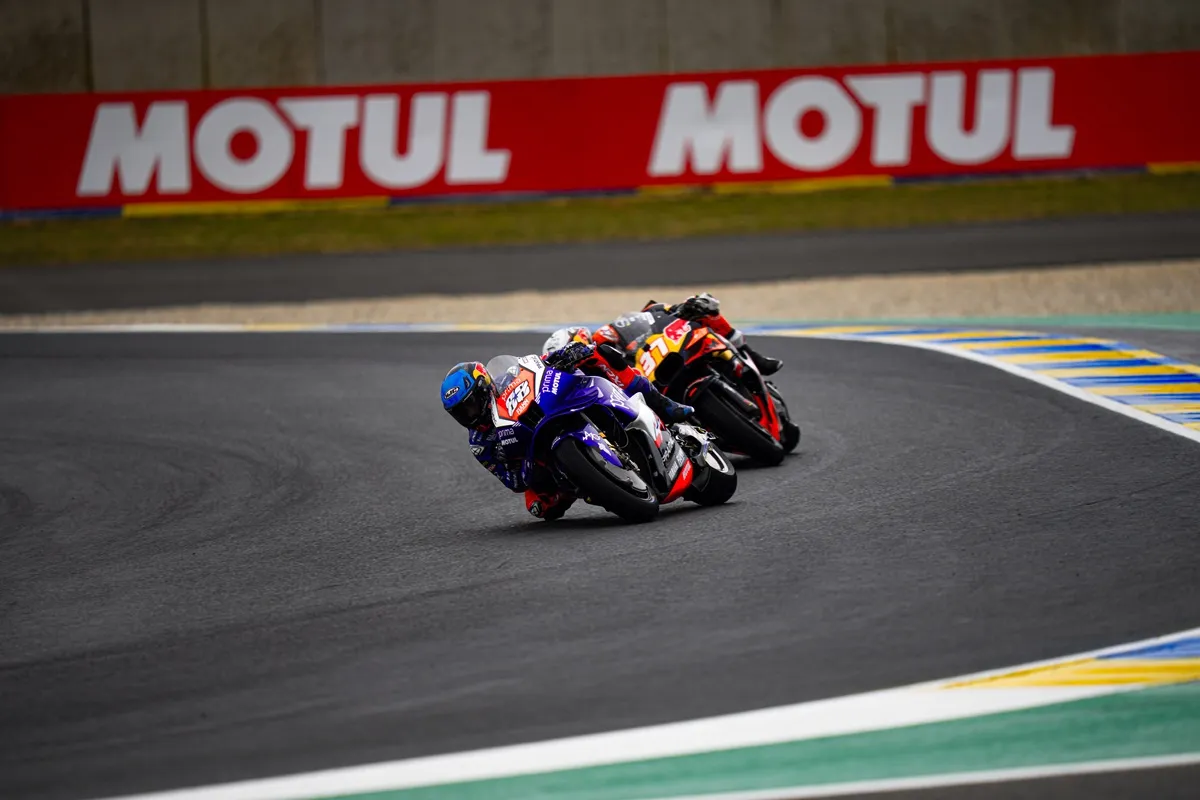
Why Wind Is So Dangerous in MotoGP
To the casual observer, wind may not seem like a major issue. But in MotoGP, wind gusts alter the delicate aerodynamic balance that today’s machines rely on for stability and performance. These bikes are engineered to cut through air at high speeds with minimal resistance, and with aero fairings, winglets, and downforce systems, every part of the machine is tuned for aerodynamic precision.
When wind shifts unexpectedly, the very systems that are meant to stabilize the bike can actually cause it to become unpredictable and even violent in response.
“They make it worse,” Oliveira said, referring to the aero components.
“Everything is downforce related, so you’re leaning the bike expecting one thing, and you have a wind gust that basically shifts the bike sideways.”
Trackhouse Racing’s Star Rider Puts Safety First
As the lead rider for Trackhouse Racing, Oliveira’s voice carries weight—not just because of his experience, but because of his reputation for technical knowledge and clarity. He’s not just a rider reacting emotionally to weather; he’s someone who understands the engineering intricacies of modern MotoGP bikes.
His warning isn’t about creating panic—it’s about advocating for proactive risk management. In an era where the race calendar spans the globe and includes circuits known for volatile weather, this isn’t just a Silverstone issue. It’s a MotoGP-wide challenge.
The Aerodynamic Dilemma: Performance vs. Safety
Oliveira’s comments also shed light on the broader debate about aerodynamics in MotoGP. While aero developments have added excitement and performance gains, they’ve also introduced new challenges. Riders now must adjust their racing lines and lean angles depending on how air flows around the wings and fairings—and that air flow is heavily influenced by external wind.
When asked if removing the aerodynamic elements could be a solution, Oliveira clarified why it’s not that simple:
“I don’t think… it’s very hard to regulate that also because it’s up to the manufacturers. And then it’s not just taking the wings off, you know. It’s tricky to then fill up the holes. Technically, it’s not just, ‘okay, I’m taking the wing off’—it’s not that simple.”
Lessons from Phillip Island: Can Wind Force Regulatory Change?
Oliveira’s remarks bring to mind previous MotoGP rounds at Phillip Island, a circuit infamous for its strong coastal winds. In some cases, officials have allowed teams to run without aero components to maintain safety. But even that solution isn’t perfect.
Regulatory consistency becomes a problem. If riders are allowed to remove aerodynamic components at one circuit but not another, questions arise about championship parity and fairness. And from a technical standpoint, removing aero parts can throw off the bike’s balance and cooling systems, making it more than just an aesthetic change.
Oliveira is essentially calling for a structured review by Dorna and the FIM. If wind conditions are going to become a regular hazard at multiple venues, there needs to be clear protocol on how to handle them, both in terms of race control decisions and machine setup allowances.
A Difficult Weekend Ahead? Oliveira’s Mental Focus Remains Sharp
Despite the environmental concerns, Oliveira is not letting fear dictate his weekend. The Portuguese rider has remained focused on preparation, even if he’s urging everyone else not to ignore the risks.
For Oliveira, Silverstone offers a unique opportunity. With his technical riding style and strategic approach, he’s often excelled in complex situations. However, the influence of wind on aero components, rider stability, and bike setup could create a wild card scenario that may either benefit him or challenge him more than expected.
The Broader Implications for MotoGP’s Evolution
Miguel Oliveira’s statements aren’t just relevant for this weekend—they’re a cautionary tale about the direction MotoGP is heading. As the sport embraces more high-tech solutions, it must also stay grounded in practical realities. Nature doesn’t always play by the rules of downforce and wind tunnels.
MotoGP must ask itself key questions:
-
Should wind thresholds be set for automatic session delays or red flags?
-
Should teams be allowed more freedom in adapting bikes to weather conditions?
-
Should aero development be more closely regulated with safety in mind?
These questions may not have easy answers, but Oliveira’s willingness to speak openly sets the stage for productive dialogue.
Support from the Paddock: Will Others Speak Out?
It remains to be seen whether other riders will echo Oliveira’s sentiments, but the paddock tends to rally when one of its most measured voices takes a stand. Riders like Aleix Espargaró, Johann Zarco, and even Marc Márquez have previously spoken about external safety risks, and Silverstone may be another flashpoint for a unified rider response.
Safety in MotoGP has evolved significantly over the past decade—with improvements in airbag suits, gravel traps, and concussion protocols—but wind remains an unpredictable variable that technology cannot yet neutralize
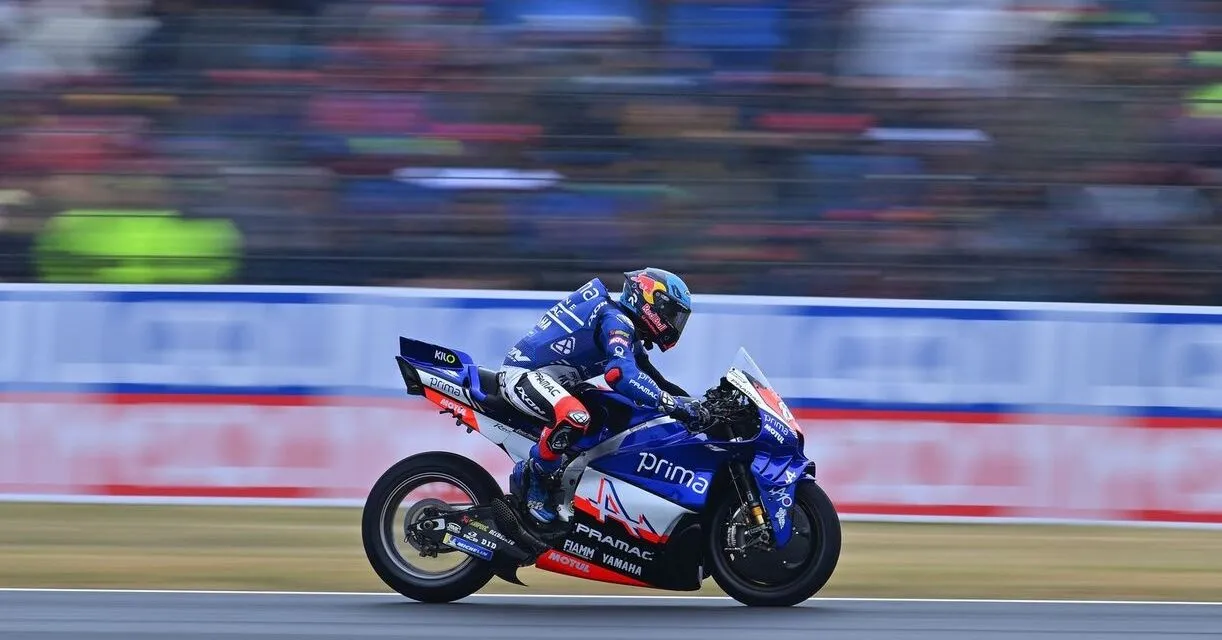
A Storm Brewing—On Track and Off
The narrative heading into the 2025 British GP is no longer just about the title chase. With Oliveira’s comments, wind conditions have become the most talked-about “opponent” riders will face.
As fans prepare for what could be an unforgettable weekend at Silverstone, there’s a sense that Mother Nature, not machinery, might decide the outcome. Whether Oliveira’s warnings will lead to last-minute safety protocols or just heightened awareness, one thing is clear: he’s not racing scared—he’s racing smart.
And that’s something every rider, team principal, and fan should appreciate.
Conclusion: Oliveira’s Voice Is the One MotoGP Needs Right Now
In a sport where speed often overshadows nuance, Miguel Oliveira has once again proven himself to be a voice of reason and responsibility. His warning about the potential dangers of strong winds at Silverstone is not alarmist—it’s factual, technical, and rooted in experience.
As MotoGP continues to evolve into a more technologically advanced and globally expansive championship, it must also remain adaptable to the realities of racing on the edge. Riders like Oliveira ensure that safety and sensibility remain in the conversation, even as the quest for speed reaches new heights.
Whether he’s battling for a podium this weekend or fighting to keep his bike upright through unpredictable gusts, Oliveira has already scored a moral victory—by speaking out, he’s protecting not just himself, but every rider on the grid.








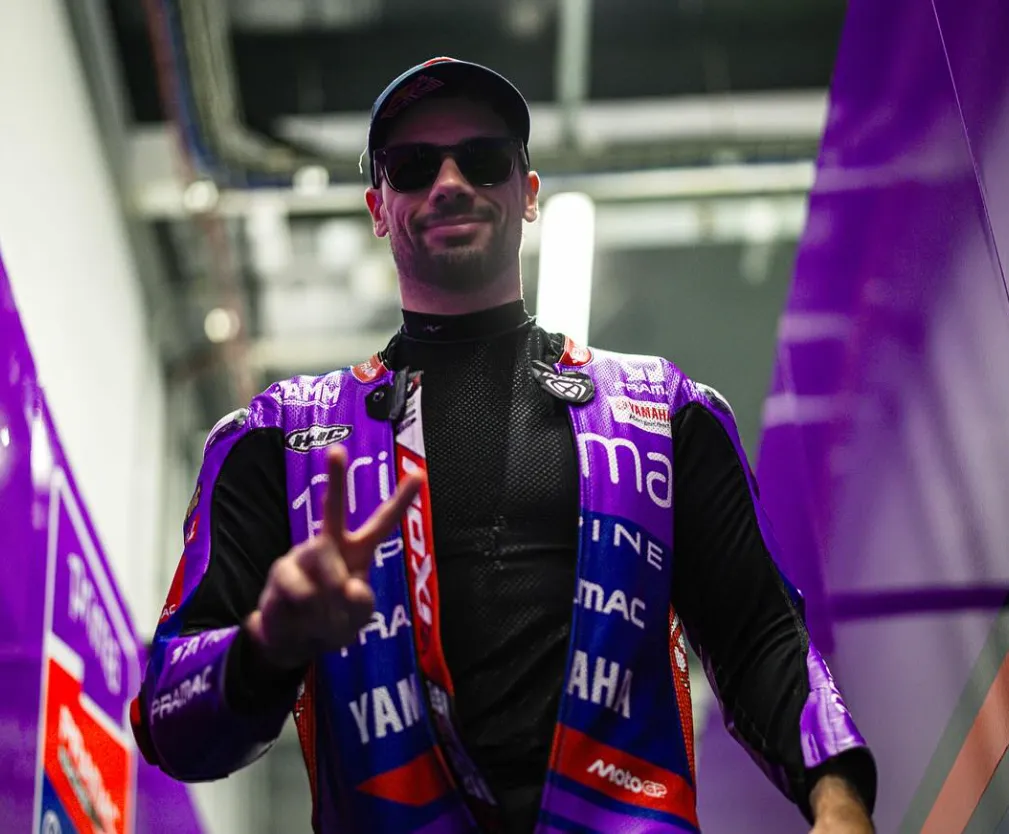
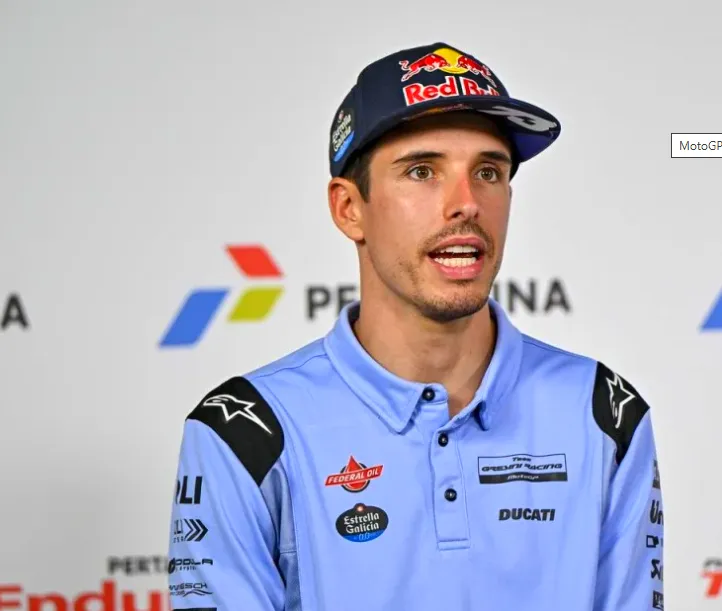
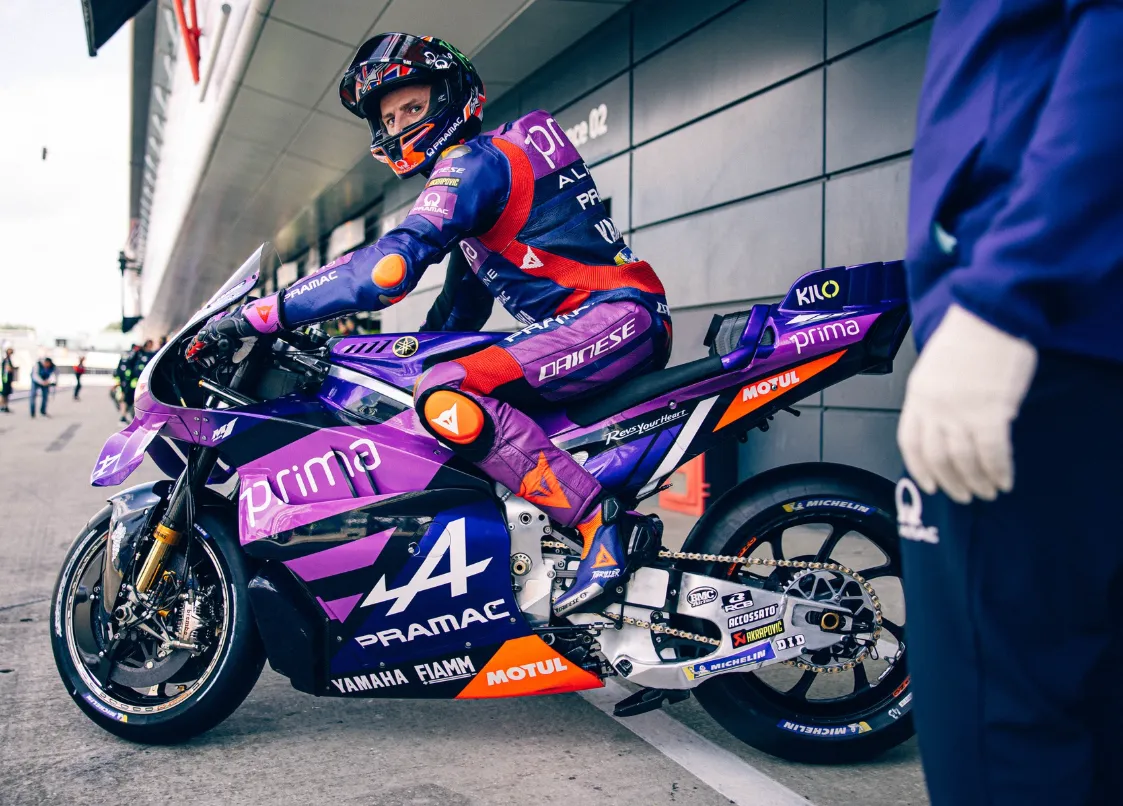








Post Comment